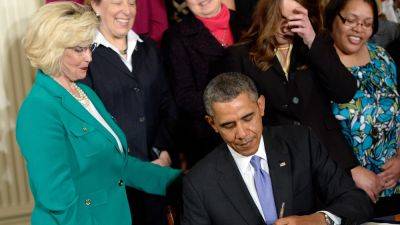Mark Carney warns net zero will mean 'significant' stranded property assets
Former central banker Mark Carney has warned there will be “significant stranded assets” in commercial real estate as governments push to reach net zero, highlighting the risks to property owners and lenders from older buildings that cannot adapt.
Property investors are facing a double whammy from the sharp fall in asset values caused by higher interest rates, and increasingly urgent demands to invest in energy efficiency.
Stranded assets are often associated with fossil fuels that will be phased out through the green transition, but Carney underscored that there are also older buildings that “aren’t going to make it” as countries regulate to cut greenhouse gas emissions across all sectors.
“There will be a tail of stranded assets…which are going to have to turn over and be refurbished if possible or knocked down and repurposed,” he said.
European real estate investors need to increase their annual capital spending by 30 per cent to get on top of upgrading buildings, according to a report this week by investment manager AEW. It found that the energy performance of European buildings was significantly behind the progress needed under the Paris agreement, where countries across the world agreed to limit the global temperature rises.
At the COP28 climate conference in Dubai last year, countries agreed to double the rate of energy efficiency improvements by 2030.
But in some cases, such as older, poorly located office buildings, the upfront cost may be uneconomic due to a lack of demand or low rents for the space.
Trying to knock down buildings that are deemed obsolete — such as the Marks and Spencer Oxford Street flagship or the former Museum of London — can also cause controversy, since preserving existing structures saves
Read more on financialpost.com























